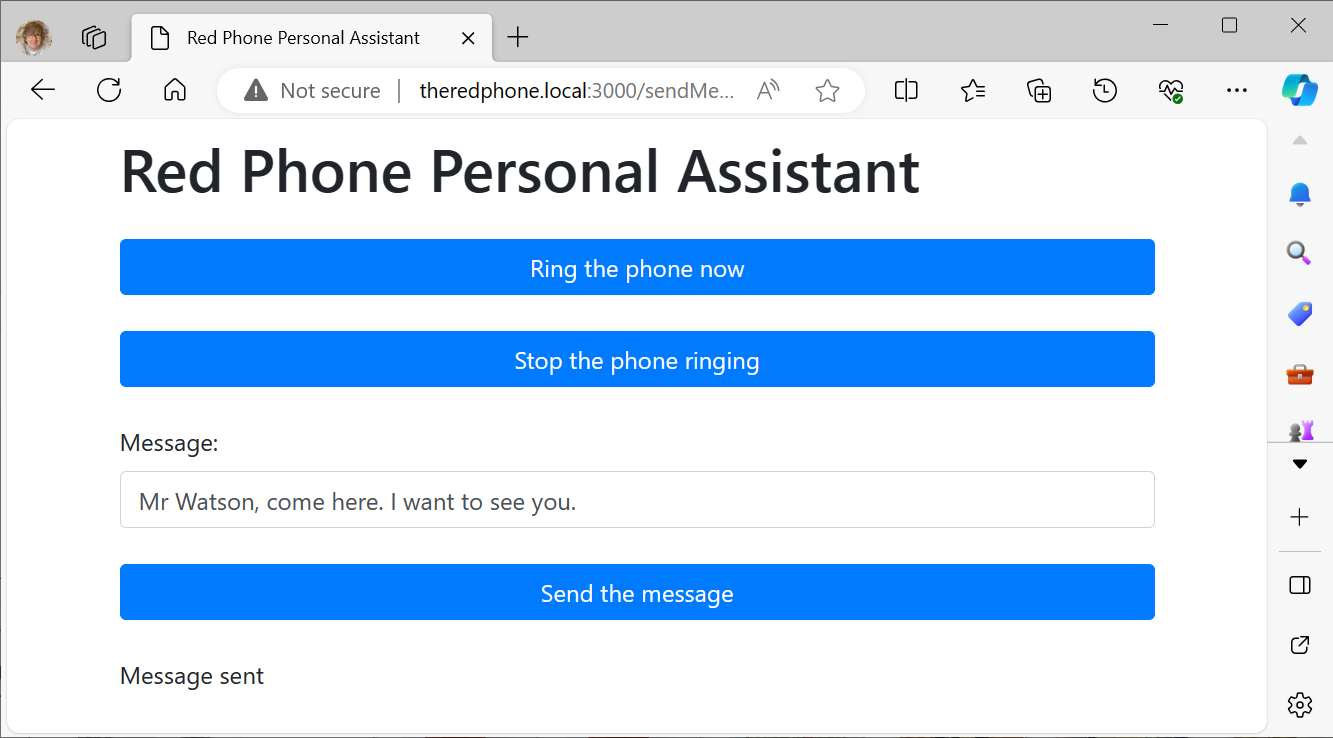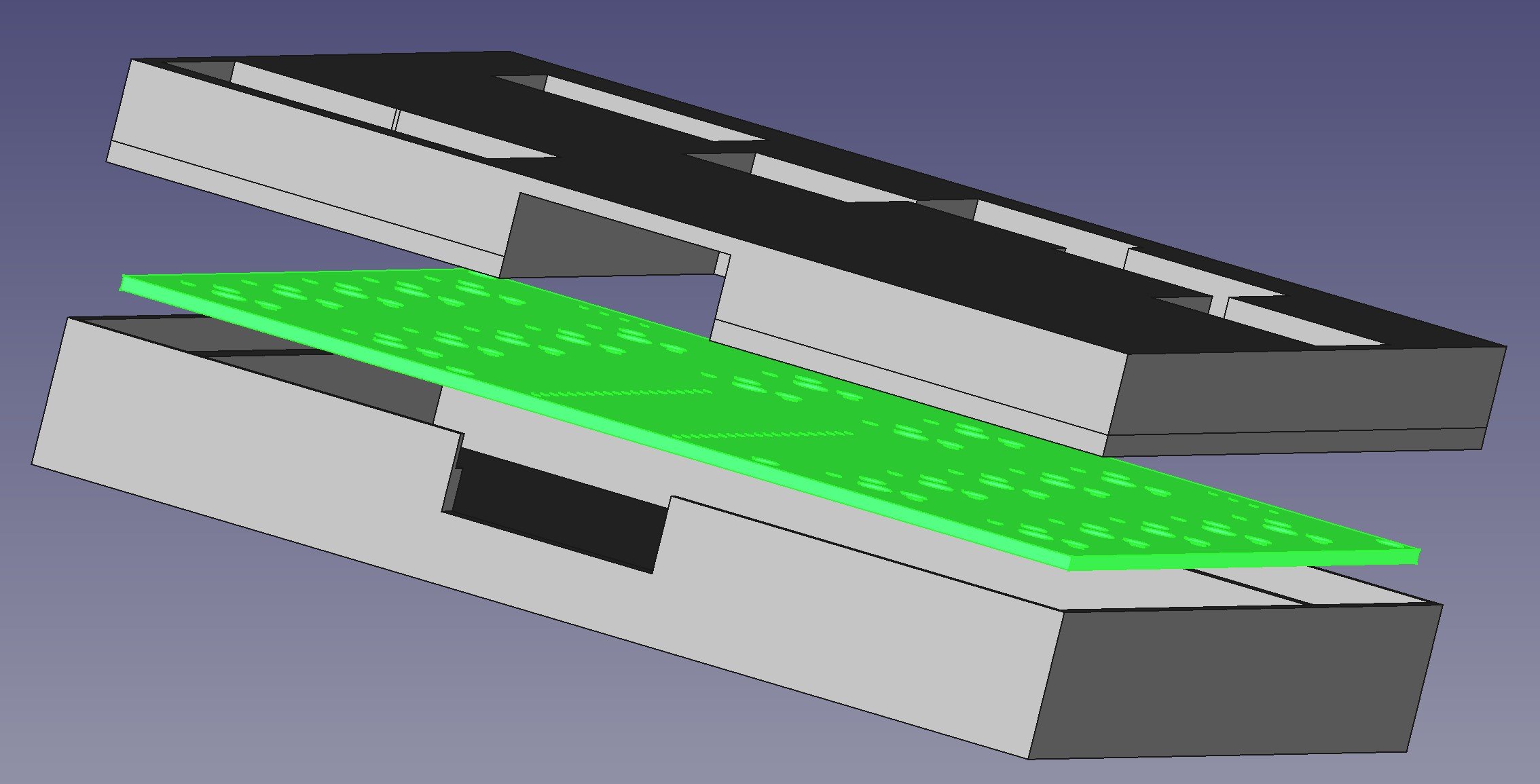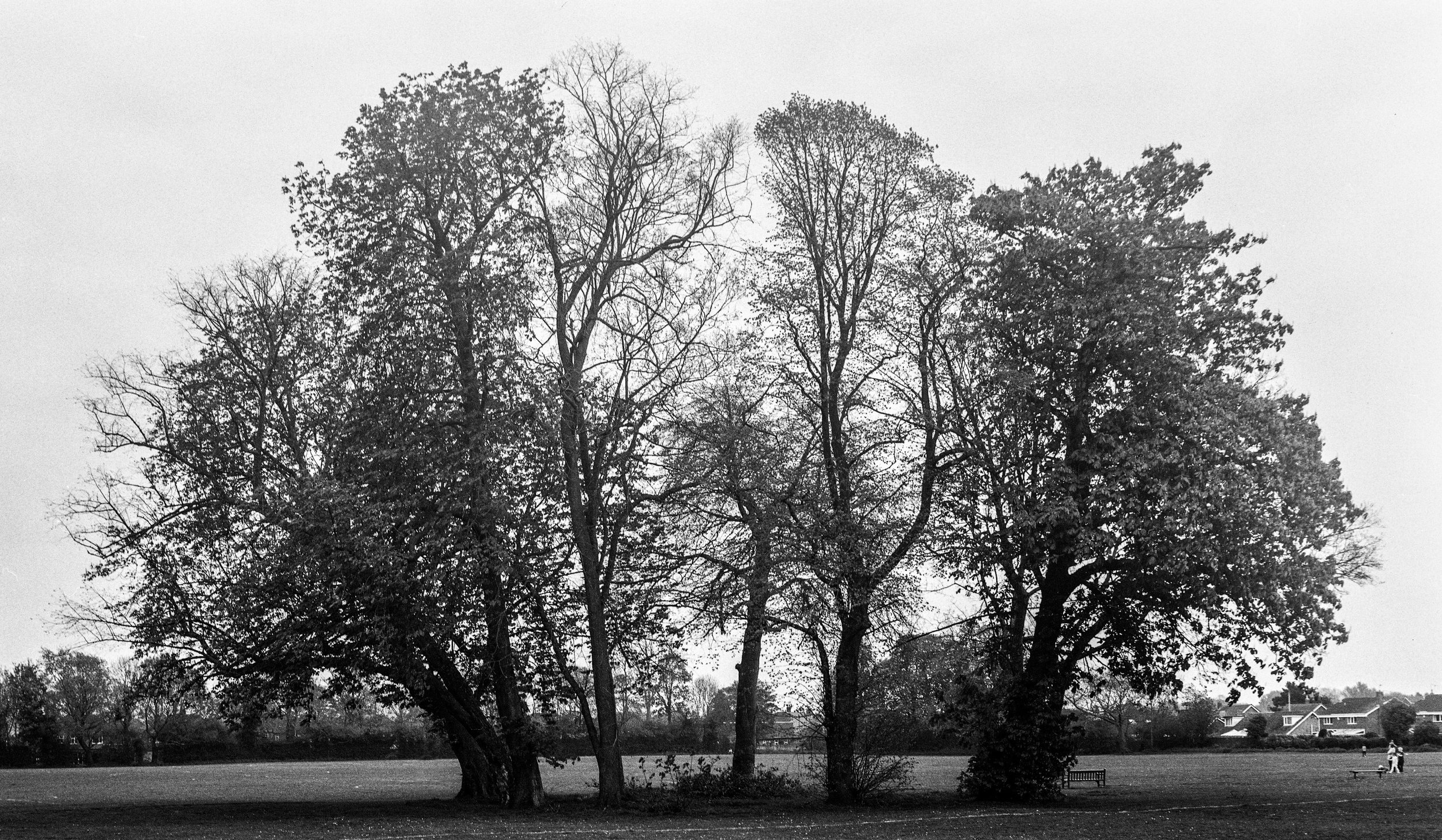The Book of Making 2025
/The Book of Making 2025 is now out. It’s a lovely collection of projects in a huge variety of areas. If you’ve been regularly reading HackSpace magazine you won’t find much new. But if you're new to making and looking for project ideas, or just want to spend some time wondering at what people can make, it is well worth a look and very good value for the amount of content that you get. And I’m not just mentioning it because one of the articles is my camera printing one….























